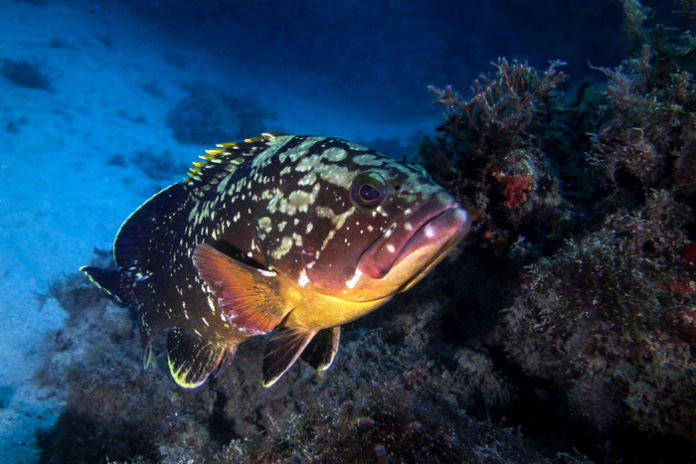A new study, published in Nature Ecology & Evolution, found that overfishing was still an issue on the little-investigated borders of a Marine Protected Area (MPA)
Marine Protected Areas are one of the key measures proposed by various countries when it comes to protecting the biodiversity of the ocean.
Climate measures undertaken at the G7 and expected at COP26 include creating more protected areas of forest and ocean, with the expectation that overfishing will decrease and fish stocks will be able to replace themselves – while the coral reefs of the world are also protected.
So, how well do MPAs really work?
The internal area of an MPA is accepted to be a stronghold for fish stocks and biodiversity, as the life of the ocean has a chance to exist without human interruption. Some push for nature to have legal rights, as opposed to passive protection. However, when it comes to the point at which an MPA touches an open-fishing area, the dynamics of protection happening at the borders are less well-understood.
A study by Tel Aviv University reveals ecological damage to many MPAs around the world, via an “edge effect.”
What is the edge effect?
Liz Clift, ecology writer, said: “In ecology, edge effect refers to changes in a population or community along the boundary of a habitat. A clear example of this is when an agricultural field meets a forest.”
In ecology, the edge effect happens to habitats which are next to one area – normally on land. It means that the species living on the borders of their habitats are more exposed to extinction threats. The edge effect could also refer to a fragmented habitat, which shares overlap with totally differing environments that impact the biodiversity of all who share a border.
MPAs found to have 60% reduction via edge effect
The edge effect observed by scientists is a sharp 60% reduction in the fish population living at the edges of the protected area, up to a distance of 1 to 1.5km. This effect actually decreases the size of the MPA, created by human pressures – which is mostly driven by overfishing, right on the border.
The team found that 40% of no-take MPAs, in which fishing is completely illegal, are less than 1 square kilometre. This means that the whole area is diminished by an edge effect, meaning that the protection theoretically given by the area can be cancelled out.
Actually, 64% of all no-take MPAs in the world are smaller than 10 kilometres squared, with further suggestion that they only hold 45-56% of the population size they should.
Essentially, the edge effect means that protected areas of ocean are not doing what they should be doing.
The edge effect ‘has not yet been studied in MPAs’
“When I saw the results, I immediately understood that we are looking at a pattern of edge effect,” said Sarah Ohayon, a doctoral student at the laboratory of Professor Yoni Belmaker, School of Zoology, George S. Wise Faculty of Life Sciences.
“The edge effect is a well-studied phenomenon in terrestrial protected areas, but surprisingly has not yet been studied empirically in MPAs. This phenomenon occurs when there are human disturbances and pressures around the MPA, such as hunting/fishing, noise or light pollution that reduce the size of natural populations within the MPAs near their borders.”
How can the edge effect problem be solved?
Buffer zones.
Well-enforced MPAs have a smaller edge effect, and those with buffer zones have zero edge effect – meaning biodiversity is well protected there.
Ohayon further said: “These findings are encouraging, as they signify that by putting buffer zones in place, managing fishing activity around MPAs and improving enforcement, we can increase the effectiveness of the existing MPAs and most probably also increase the benefits they can provide through fish spillover.
“When planning new MPAs, apart from the implementation of regulated buffer zones, we recommend that the no-take MPAs targeted for protection be at least 10 km2 and as round as possible. These measures will reduce the edge effect in MPAs.”











